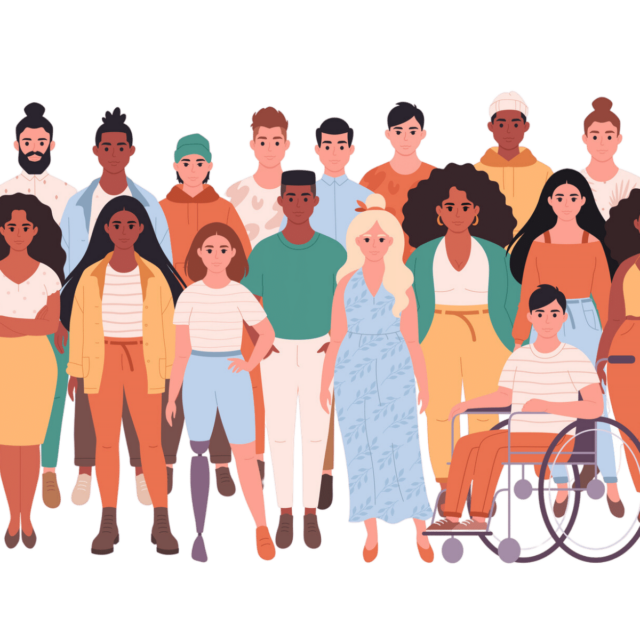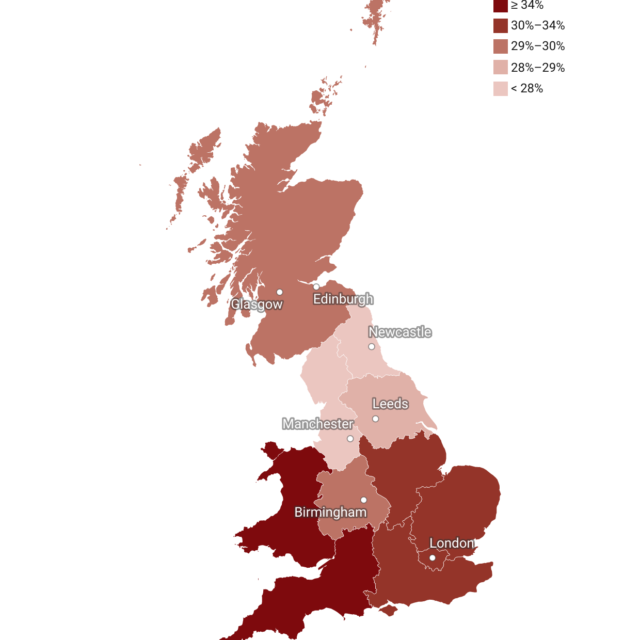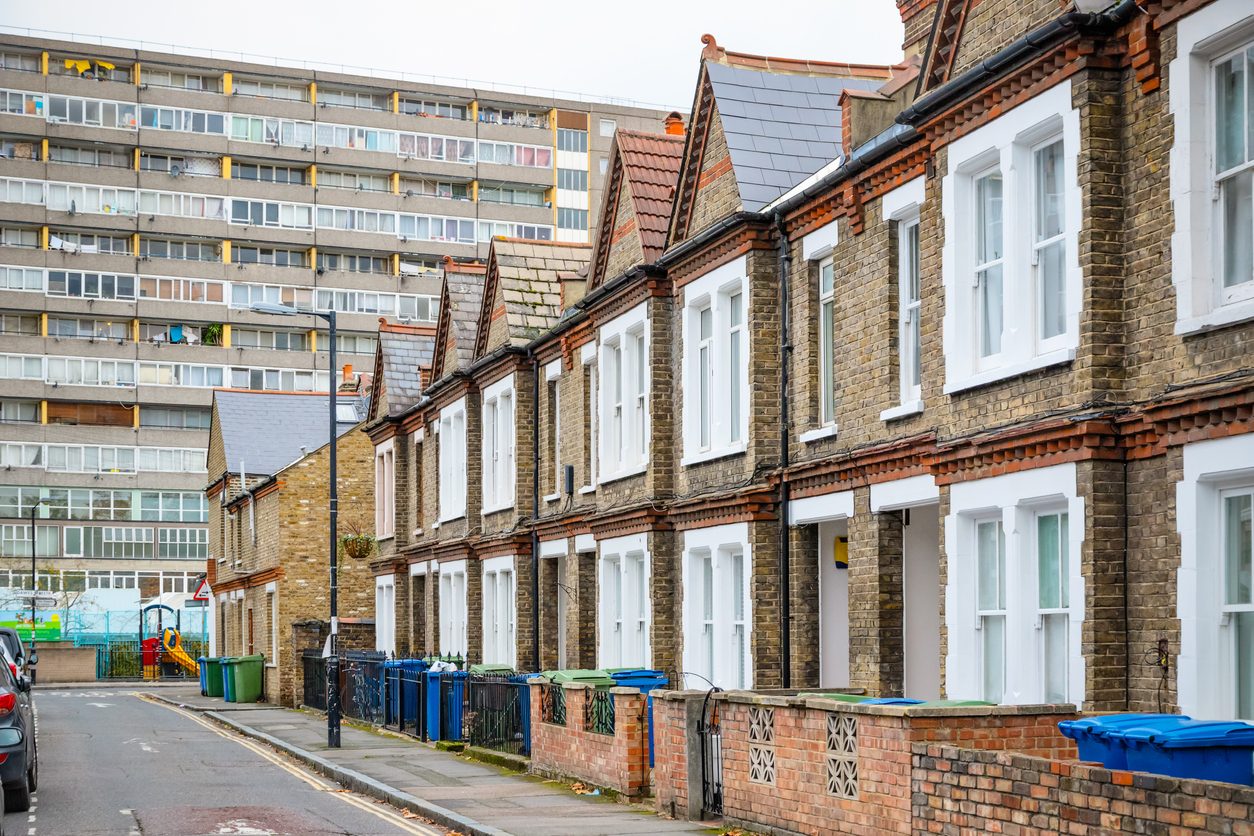- Home
- Publications
- COVID-19 Impacts On Destitution In The UK
COVID-19 impacts on destitution in the UK
Sign in to Access Pub. Date
Pub. Date
 Pub. Type
Pub. Type

Downloads
This content is restricted to corporate members, NiGEM subscribers and NIESR partners.
Related Themes
Destitution, Exclusion, and Strategies for Well-BeingJEL Code
E24; I32; C553; J82; L00; R11
Journal
National Institute Economic Review
Publisher
Cambridge University Press
External Resources
Issue
253
We use microsimulation combined with a model of the COVID-19 impacts on individuals and households to obtain projections of households in destitution in the United Kingdom. The projections are estimated at two levels: aggregate quarterly for the UK, for all quarters of 2020; and annual for 2020 differentiated by region, sector and household demographics. At the aggregate level, destitution is projected to be about three times higher than the non-COVID counterfactual level in 2020Q2, as well as substantially higher than the non-COVID case for the remainder of the year. This increased destitution is initially largely due to the effect on the self-employed, and as the Furlough scheme is drawn down, also on the unemployed. Impacts upon different regions and sectors vary widely, and so do variations across different household types. The sectors particularly affected are construction and manufacturing, while London and its closely connected regions (South East and the Midlands) are most severely affected. Single adult households suffer the most, and the adverse effects increase with number of children in the household. That the effects upon youth remain high is a particularly worrying sign, and very high increases in destitution are also projected for 25–54 year olds and the elderly (75 years and older). Further, severe adverse effects are projected for sections of society and the economy where multiple impacts are coincident. Robust and sustained mitigation measures are therefore required.
Related Blog Posts

Child Language Brokering: What It Is and How It Is Experienced By Migrant Families
Domiziana Turcatti
Ekaterina Aleynikova
Adrian Pabst
29 Jan 2024
7 min read

What are the Experiences of Latin American Migrants Accessing Healthcare?
Jasmin Rostron
Ekaterina Aleynikova
16 Oct 2023
5 min read

A Review of UK Asylum Policy for Refugee Week 2023
Ekaterina Aleynikova
Adrian Pabst
19 Jun 2023
4 min read

Are Price Controls on Food a Viable Option?
Arnab Bhattacharjee
Adrian Pabst
12 Jun 2023
6 min read
Related Projects
Related News

1.2 million UK Households Insolvent This Year as a Direct Result of Higher Mortgage Repayments
22 Jun 2023
2 min read


Thousands Of Households Projected To Face Monthly Mortgage Repayments Greater Than Their Monthly Incomes
03 Nov 2022
2 min read

Related Publications

The Nature of the Inflationary Surprise in Europe and the USA
21 Mar 2024
Discussion Papers

Supporting Immigration Advice Amidst Financial Challenges: Local Authorities’ Funding Initiatives
29 Feb 2024
Topical Briefing

Implications of the Transition from Defined Benefit to Defined Contribution Pensions in the UK
07 Feb 2024
UK Economic Outlook Box Analysis

Exploring Alternative Data Sources for Household Wealth Statistics
24 Jan 2024
Discussion Papers
Related events

Taxing Consumption

2021 Anglo German Foundation Lecture: Professor Jutta Allmendinger






